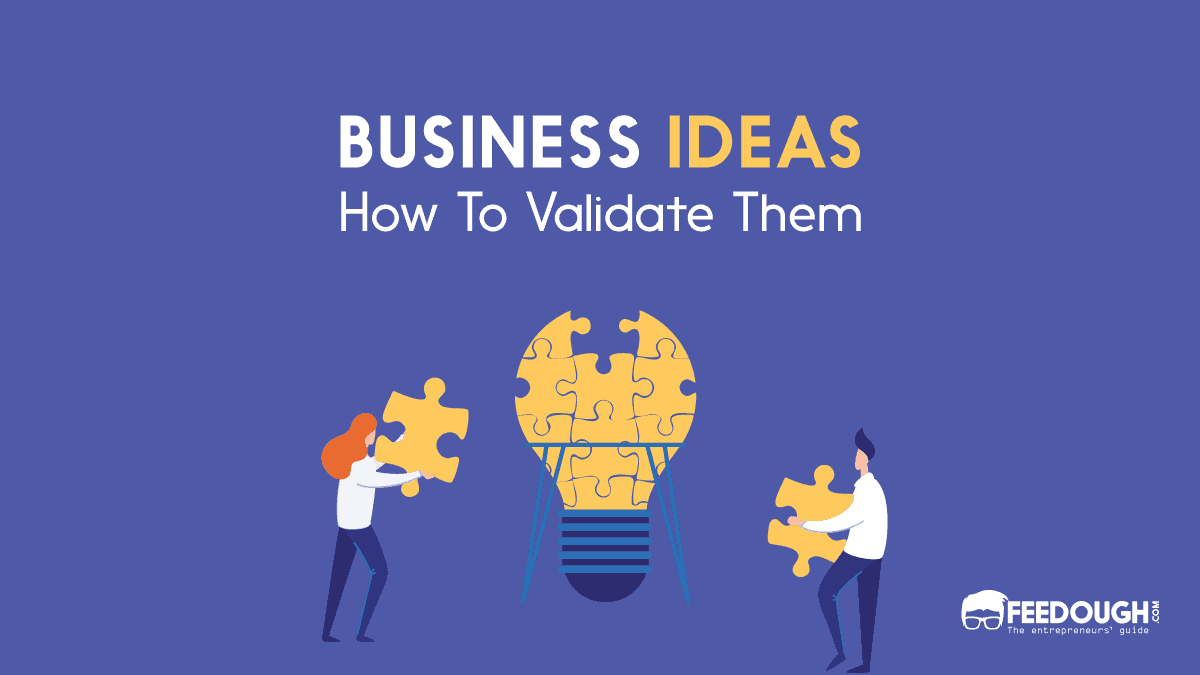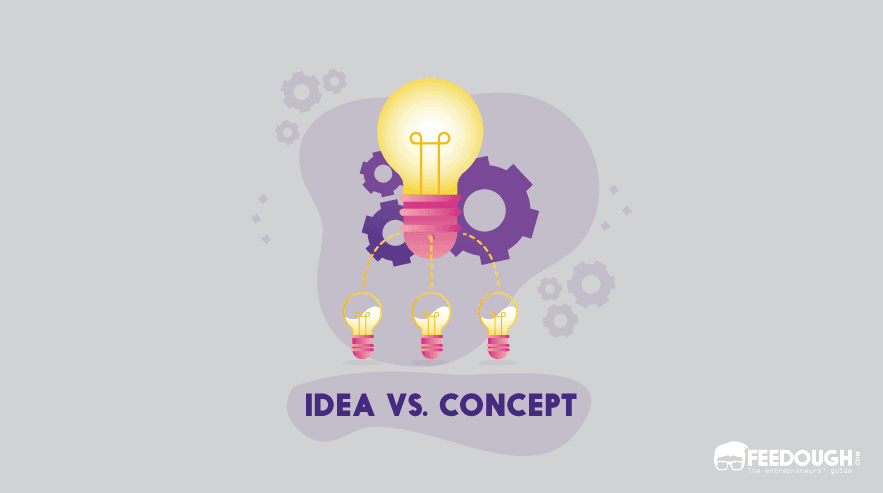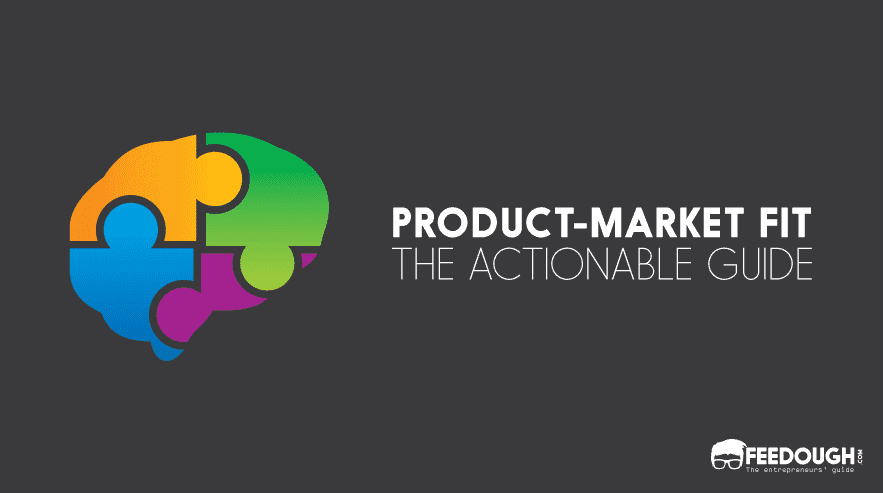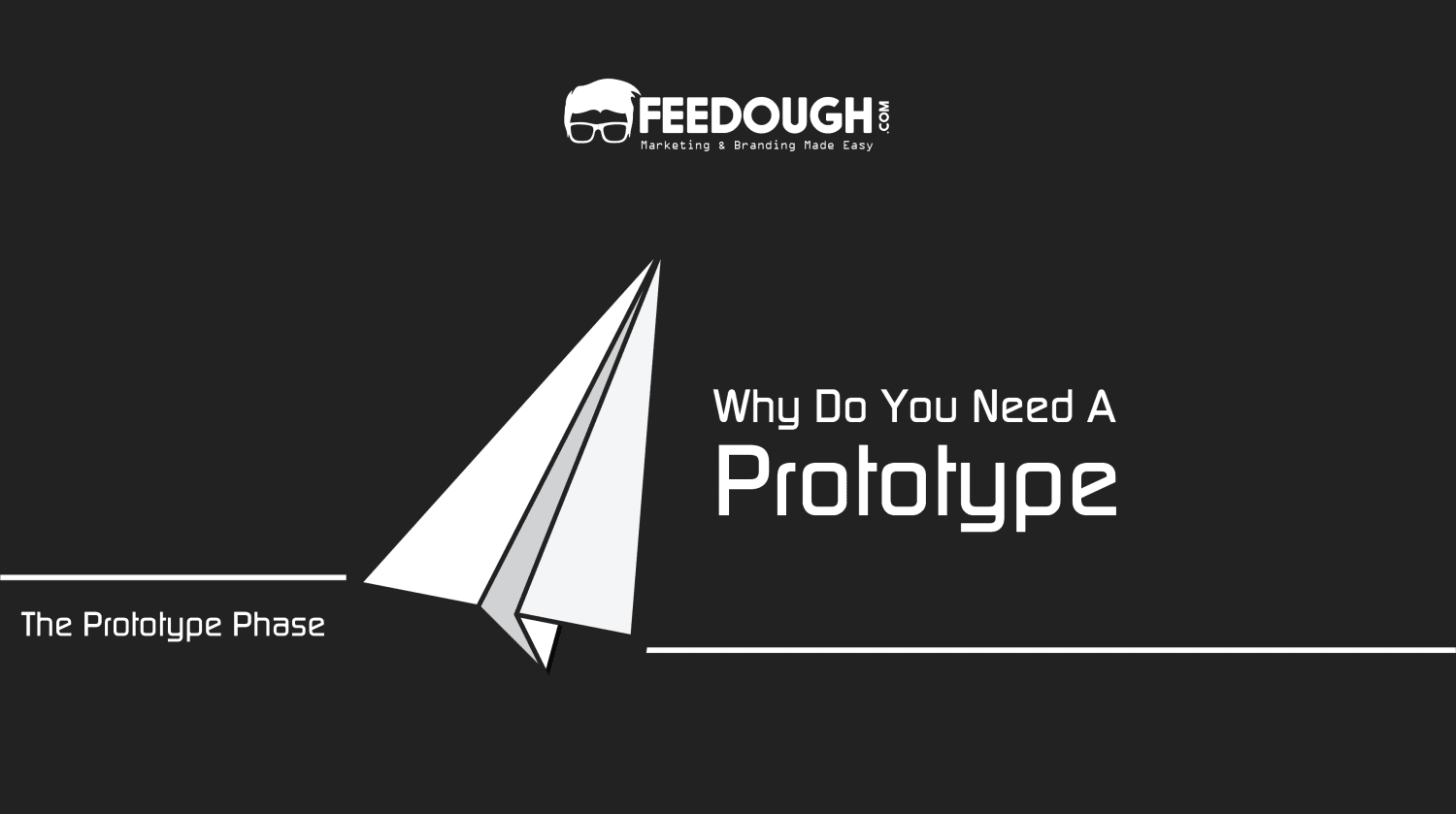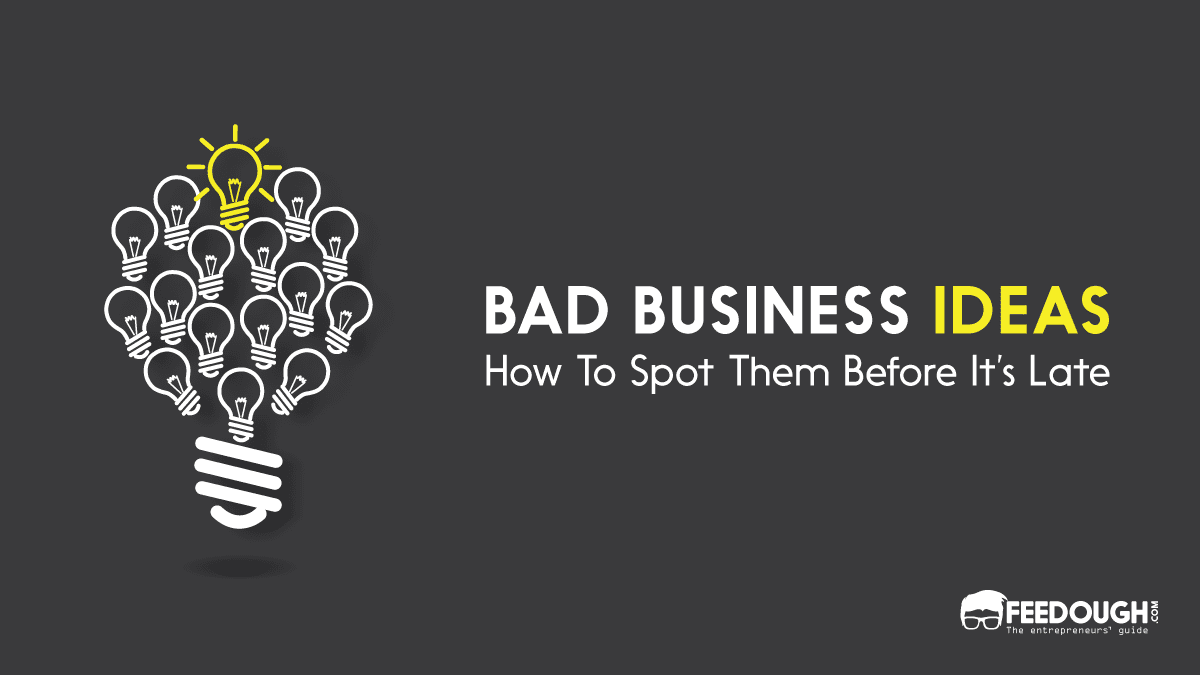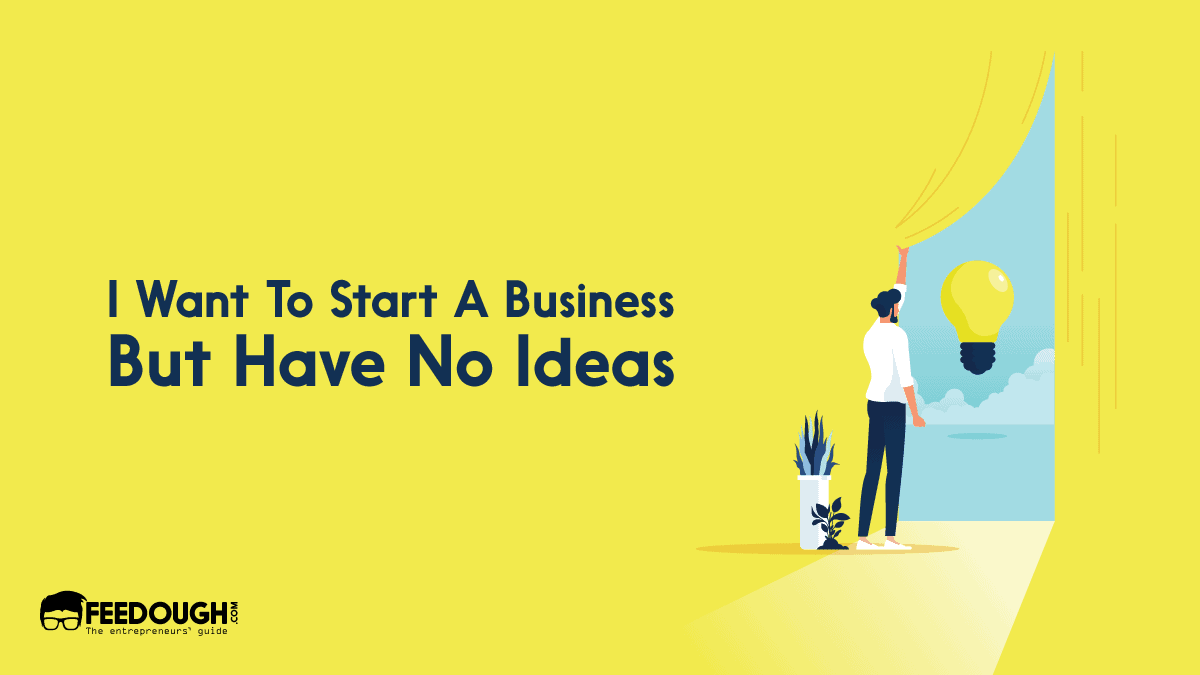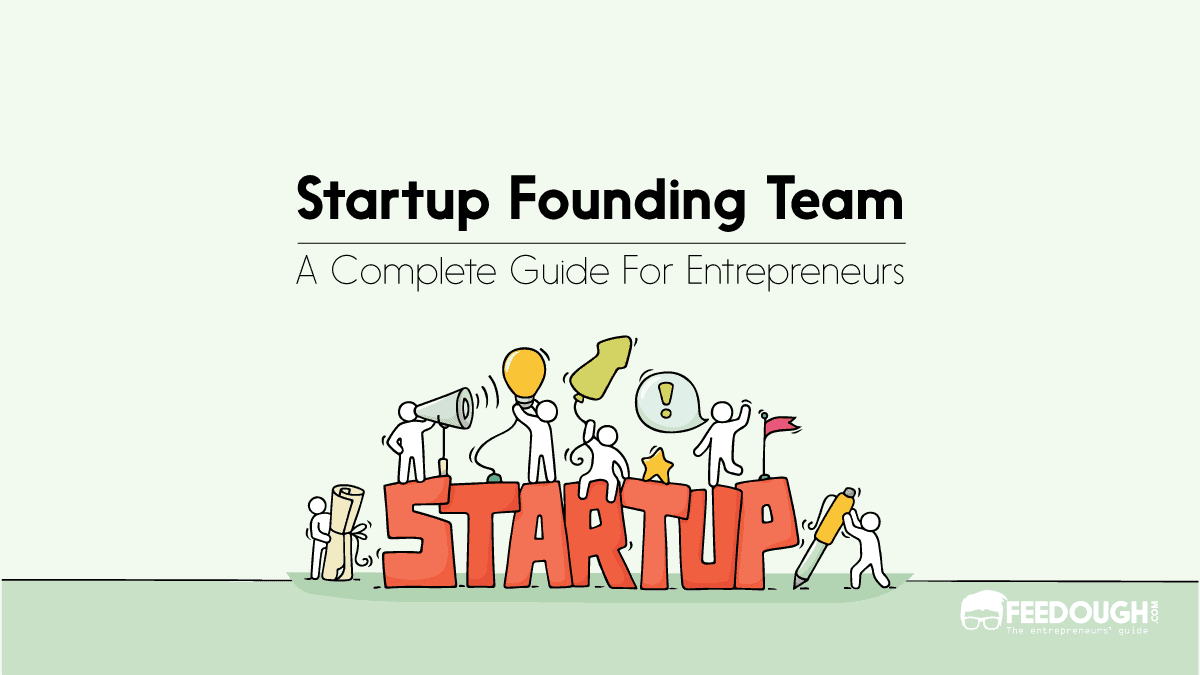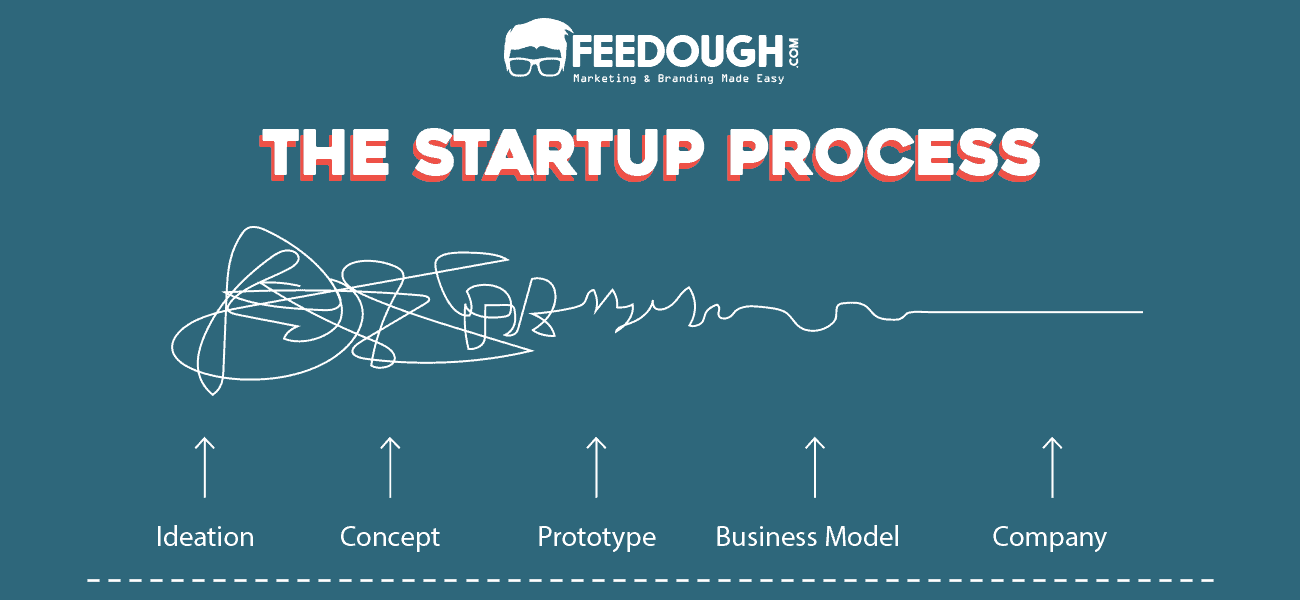They say good things come to those who wait. But if you’re like most people, you just want the good things now.
No one wants to spend several years and thousands of dollars on a business that no one cares about or will buy. Nowadays, it seems like there’s no room for error. This means your idea better be perfect before you start putting time and effort into it because there’s no room for trial and error.
In essence, you have to validate your business idea before you move forward. But what does that mean? It simply means asking the tough questions early on in the process so you can save yourself a lot of time, energy and money.
But it isn’t easy to validate a business idea. Most people don’t even know what it means to validate an idea, and others aren’t sure how to do it.
So here’s a guide explaining everything you need to know to validate your business idea before you convert it into a full-fledged business.
What Is Idea Validation?
Idea validation is a process of finding out whether or not your business idea has any potential.
It helps you filter good ideas from those that aren’t worth the effort.
To put it simply, validation is a way of telling apart those bad ideas that just don’t work and those that will take off, bringing in profits as soon as they hit the market.
It involves developing a proof of concept that validates the feasibility of the idea using three proofs:
- Proof of demand: You need to be sure that your prospective business offering has a demand in the market. That is – there is a problem that your target audience needs a solution for.
- Proof of utility: This is the solution-centric proof where you try to validate if your solution actually gets the job done, solves the problem, and provides the target customer with the gains in the way they expected.
- Proof of product: This is a product-centric proof where you validate whether the product you plan to build is feasible enough to be turned into a real product and what all resources would you require for the same.
All three proofs are equally important. The more proof you have for your business idea, the better it is. And to get them, you need to follow these four steps –
- Develop A Hypothesis
- Go Out & Research
- Fill The Value Proposition Canvas
- Test Your Product
Develop Hypotheses
A hypothesis is a statement about something that we don’t know yet but want to find out.
It is based on assumptions and observations and is usually tested against the available evidence. So, a hypothesis should always include some unknowns, like a problem or a pain point. The best thing about a hypothesis is that it gives you a starting point – a direction for your research.
This first step of business idea validation involves you developing a hypothesis of your business idea based on your understanding of the problem you intend to solve.
Make assumptions relating to:
- Target customers
- Problem
- Solution
- Value proposition
- Business Model
Now, a good hypothesis is testable and precise and often written as a statement like “We believe that…”
The most important part of a hypothesis is that it should be testable. You need to figure out what you’re going to test and how you’ll measure the results of your hypothesis. So make a list of the questions that will help you test your hypothesis, and keep them handy, as they will come in handy while testing it.
For example, instead of a hypothesis statement like “We believe that the majority of young adults between 20-25 don’t have enough savings to last for 1 year” try something like this – “We believe that there are more than 3 million young adults between 20-25 years of age who don’t have enough savings to last for a year.”
The second thing about hypotheses is that they should be precise. In other words, you shouldn’t be able to test if they’re true or false because that’s not what a hypothesis is for. You should be able to test if they are true, false or inconclusive. As such, your hypothesis need to be specific and quantifiable. For example, “Most people believe that having an online presence is an essential part of a business” is a vague statement. But “We estimate that 1 in 5 young adults between 20-25 years believe that having an online presence is an essential part of a business” is precise and quantitative.
This step also involves developing a solution hypothesis along with a value proposition and business model.
You usually write such hypotheses like:
I believe [target audience] will [do this action/use this solution] for [this reason] because it [helps them with value proposition/ provide them with value proposition].
A good example for such a hypothesis would be – “I believe that parents of 8-10-year-olds will purchase an online parenting tool because it helps them track their kids better and is cheaper than other brands.”
Once done, you’re ready to go out and validate these hypotheses.
Go Out & Research
Market research involves identifying the market, understanding the customers’ problems, needs, and wants through customer interviews, surveys, focus groups, usability testing, etc.
This step involves you using facts, statistics, and asking questions from the target audience to understand their real needs, wants, pains and benefits.
Customer survey before starting up isn’t easy but it’s the spine of your business idea validation. This is where you’ll be able to figure out who your target customers are, what they need, how you can help them, etc.
You can survey your audience by doing face-to-face interviews or online through various online tools like Survey Monkey, Google Forms, etc. We suggest you go for face-to-face surveys, be it online or offline. This way, you can also –
- Analyse their reactions to your questions,
- Analyse their body language,
- Ask counter questions, and
- Understand their problems better
Your survey should have some pre-drafted questions along with open-ended questions. Open-ended questions are questions that require more than a single answer. For example, “How do you feel about your kids’ safety?” or “What do you think about buying an online parenting tool?” are open-ended questions that will give you more detailed answers than closed-ended questions like “Are you satisfied with the safety of your kids?” or “Would you buy an online parenting tool?”.
A good format for a startup customer survey is to have 5-7 persona identifier questions in the beginning, followed by 4-5 open-ended questions that can validate your hypotheses relating to market, demand, and utility.
For our parenting tool example, we’d start our questionnaire with 5-7 demographic questions (age, gender, location, occupation, etc.) followed by 4-5 open-ended questions like – “What problems do you face while parenting?” “Do you use any parenting tools? Why?” “How many times have you tried to track your kids online?” “How much do you think a parenting tool that helps you track your kids should cost?” “Would you pay for such parenting tool monthly, or would you prefer a one-time payment? Why?”
Unlike what most people think, you would not get direct answers. This is where your skills in observing and understanding customer behaviour come to play.
For example, for our question about “What problems do you face while parenting?”, we’ll try to find cues relating to kid tracking. If they don’t speak of such a problem. Maybe the problem is not a priority for them.
Once you have your answers, compare them with your hypotheses and validate your assumptions. The validated results go into your value proposition canvas.
Understand And Fill The Value Proposition Canvas
A value proposition canvas is a visual representation of how a product or service will meet the needs of customers by focusing on –
- The job that needs to be done.
- The problem that stops the target customer from completing the job
- The benefits that the target customer gets by completing the job.
It has two segments:
- Customer profile – to observe the target audience, and
- Value map – to design the value proposition of the offering.
First, start with filling up the customer profile. This segment has three sub-parts –
- Customer Job: It is the job that needs to be done. These could be tasks they want to complete, problems they want to solve, and needs they are trying to satiate. For example, in the case of an online parenting tool, the job would be to help parents track their kids.
- Pains: It constitutes the problems that prevent the target customer from completing the job. For example, if parents want to track their kids, they might have problems like not knowing where their kids are or not knowing who they interact with when they’re out of the home.
- Gains: It is the benefits that the target customer gets by completing the job. For example, parents will better understand their kids’ location and see when and with whom they’re interacting.
Next, fill up the value map. This segment also has three sub-parts:
- Products and services: It is the product or service you offer to the target audience to help them get their functional, social, or emotional job done. This is what you offer to your customers. For example, in the online parenting tool case, the offering is the tracking application for kids.
- Pain relievers: It answers how your offering relieves the pain the target audience feels while getting the job done. For example, in the online parenting tool case, the pain relievers are –
- it helps parents track their kids.
- it saves time for parents.
- it gives parents a better overview of their kids.
- Gain creators: It answers how your product or service makes it possible for your customers to gain gains. In the online parenting tool case, the gain creators are:
- It relieves parents’ fear of losing their child,
- It lets them focus on other important things as they can always track their kids using an app.
After your market research results, you need to fill up this value proposition canvas starting with the customer job and then moving to the pain relievers and gain creators. Once done, fill up the value map with your offering that focuses solely on getting the job done, relieving pain, and creating gains. This process will take you a step further from your hypotheses to a partially-validated idea.
Find The Product Proof
Market research provides you with demand proof. Value proposition canvas helps you find out the utility proof. The next thing you need is product proof, and you get this by building a prototype and an MVP.
A prototype is a mock-up of the product or service that will be built. It is an early version of the product or service. The prototype validates –
- The design of the product, and
- Manufacturing requirements.
It helps you determine whether the product is viable enough to be manufactured and manufactured at scale.
An MVP is a minimum viable product. It is the smallest version of the product or service that can be built and validated.
The MVP validates –
- The minimum number of users it needs to be successful.
- The minimum features required to get the job done.
If the product or service does not work as expected, you can iterate on the design or features until you have a product that works.
Once you have all these proofs, you can go to the next step: Build The Product. This time, it would be different from bringing your product to the market then making alterations according to the demands. Now that you have all the proofs, the product that you’ll launch will be built right the first time, and it will be your best product.
Go On, Tell Us What You Think!
Did we miss something? Come on! Tell us what you think of this article on how to validate your business idea in the comments section.
A startup consultant, digital marketer, traveller, and philomath. Aashish has worked with over 20 startups and successfully helped them ideate, raise money, and succeed. When not working, he can be found hiking, camping, and stargazing.
